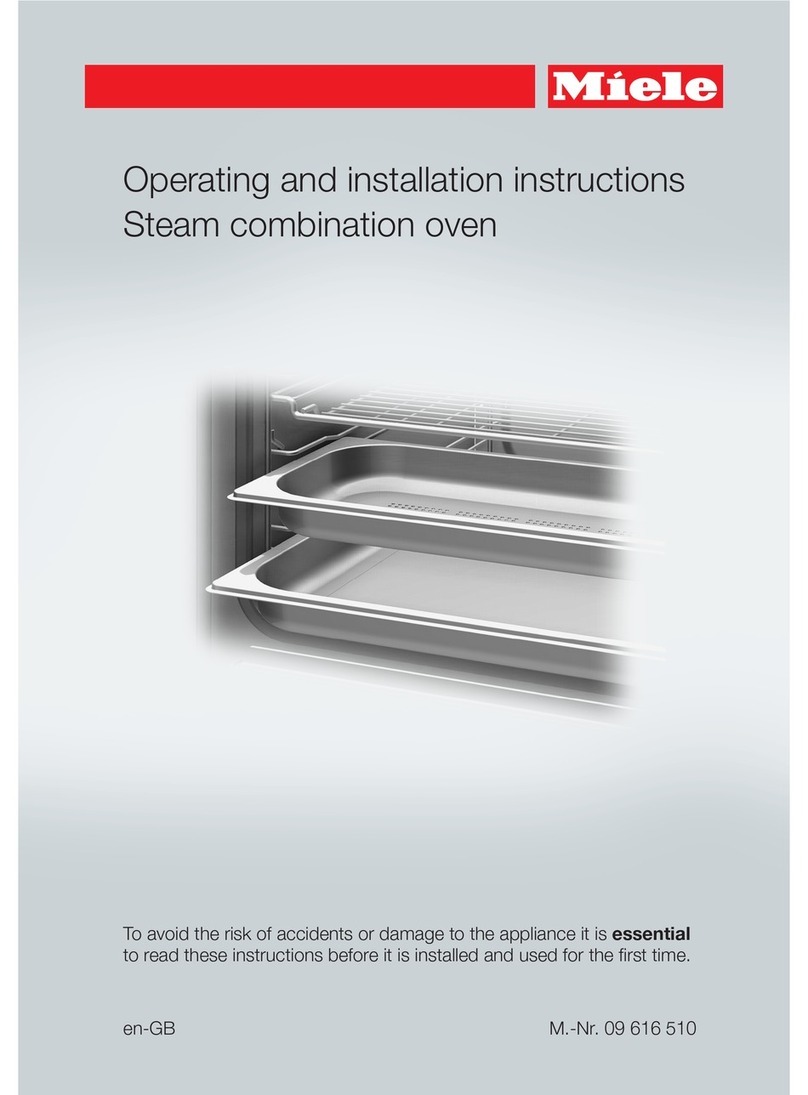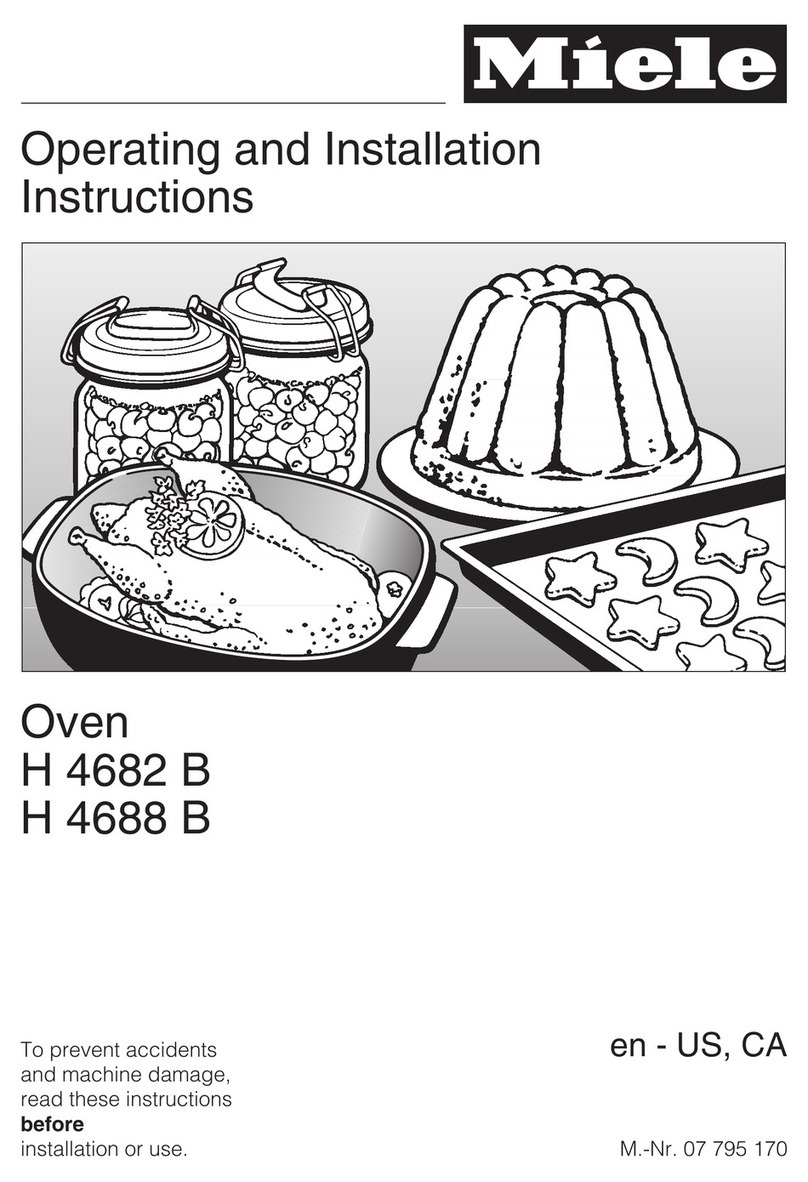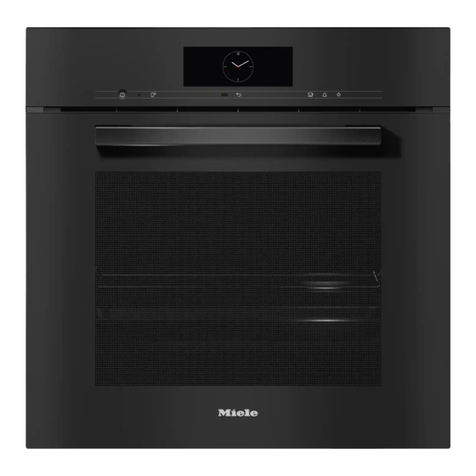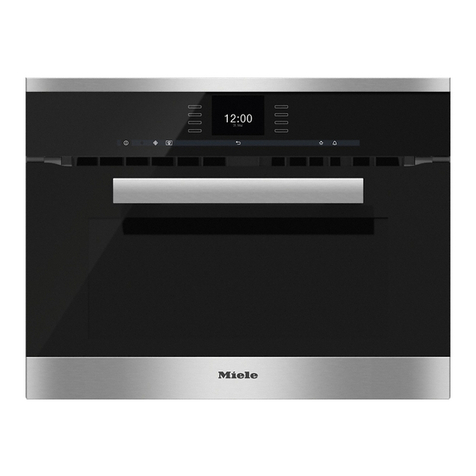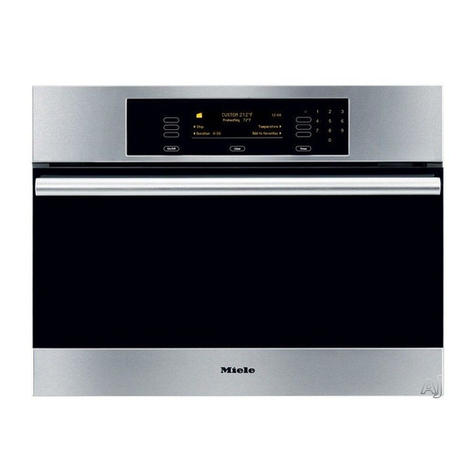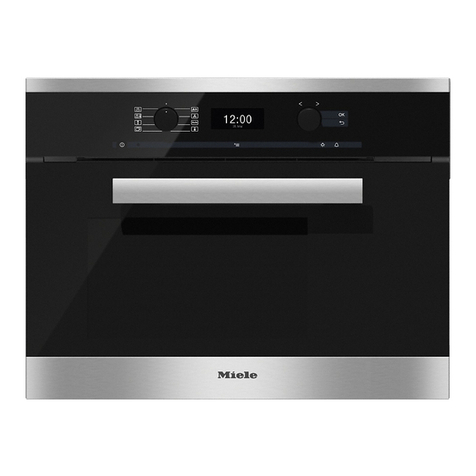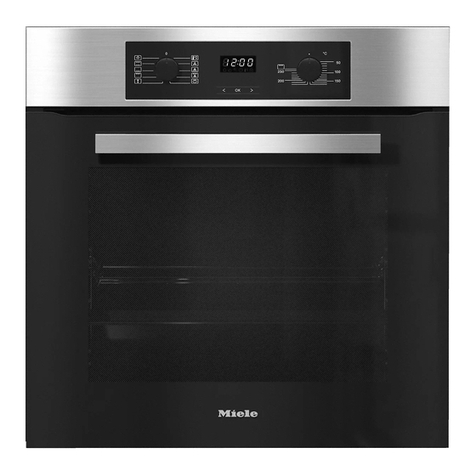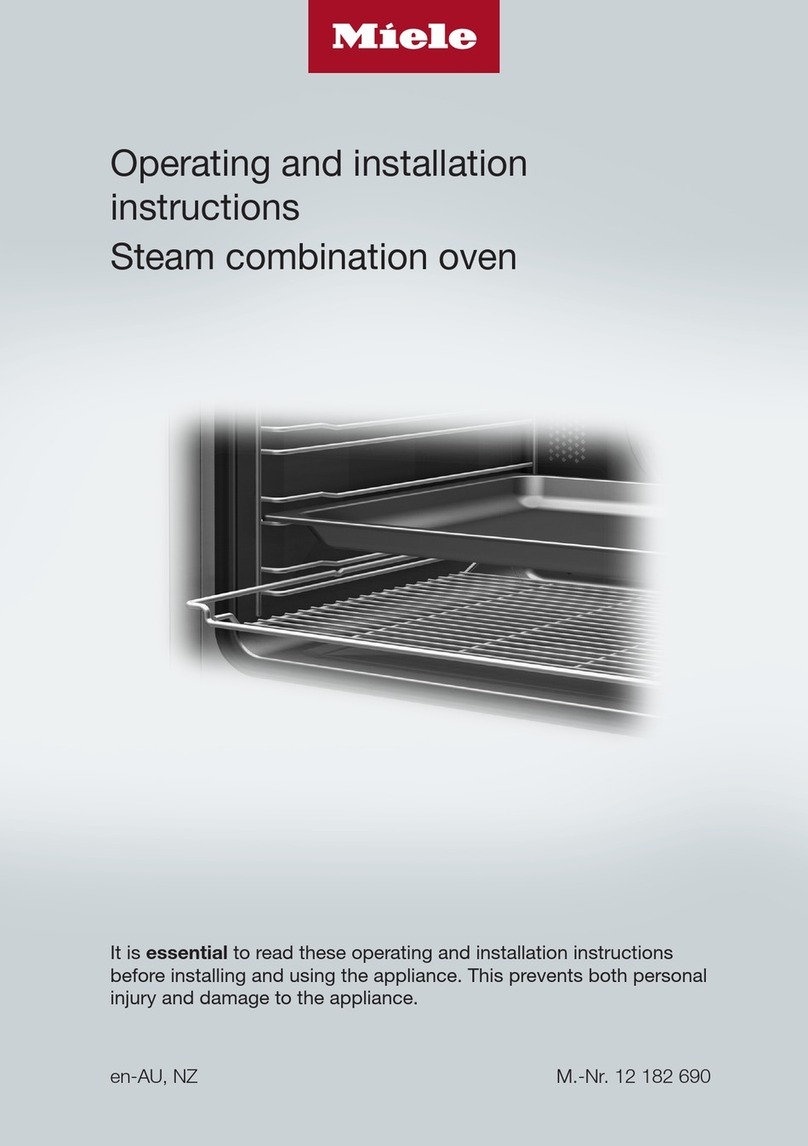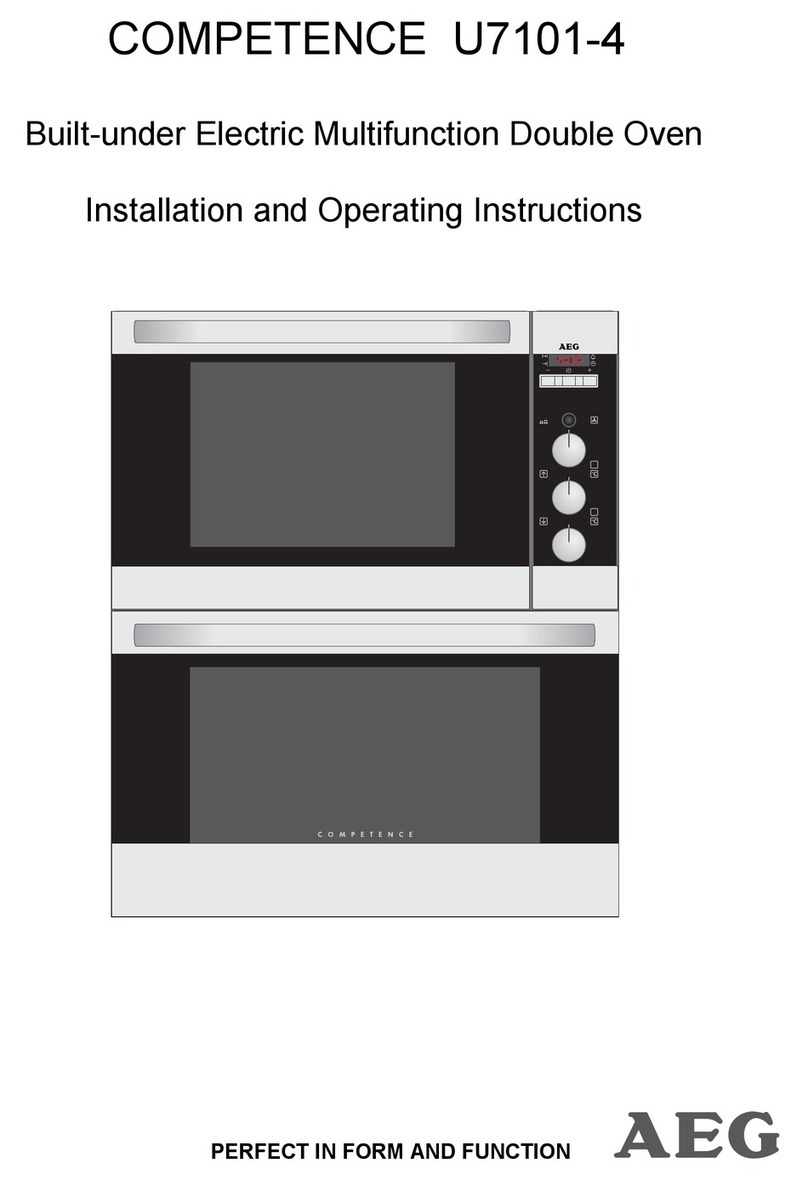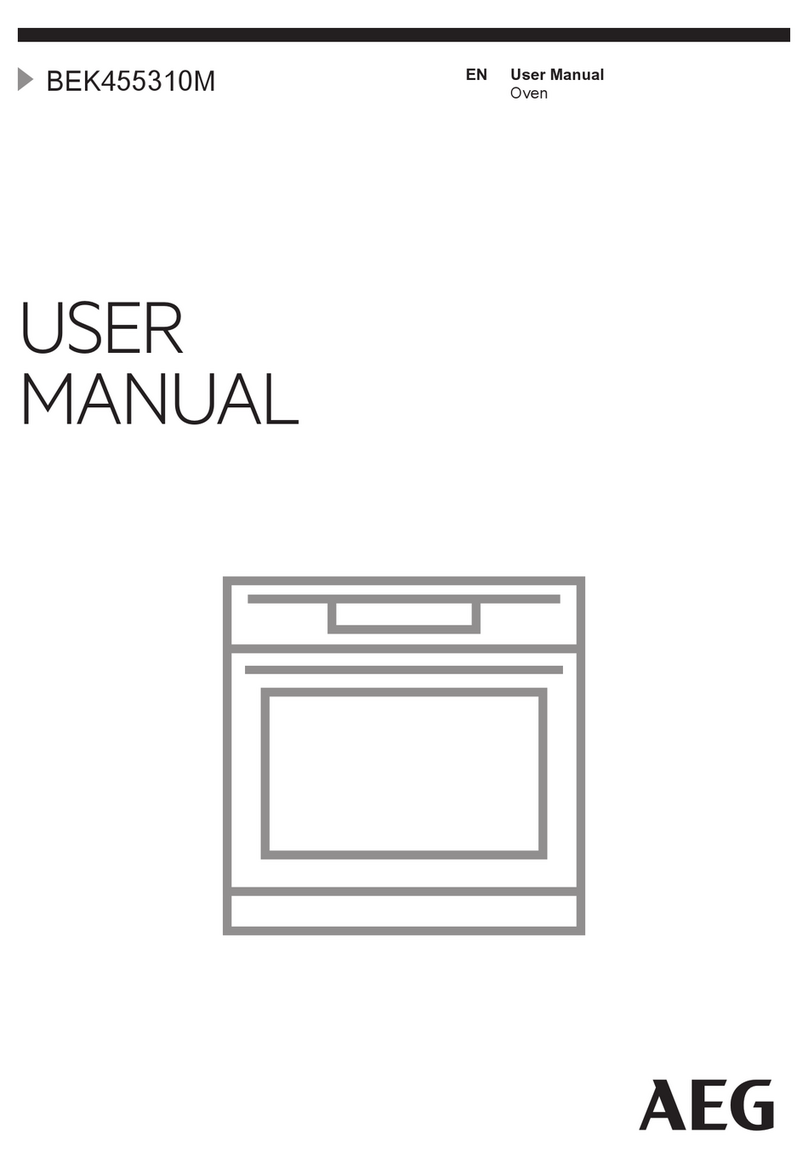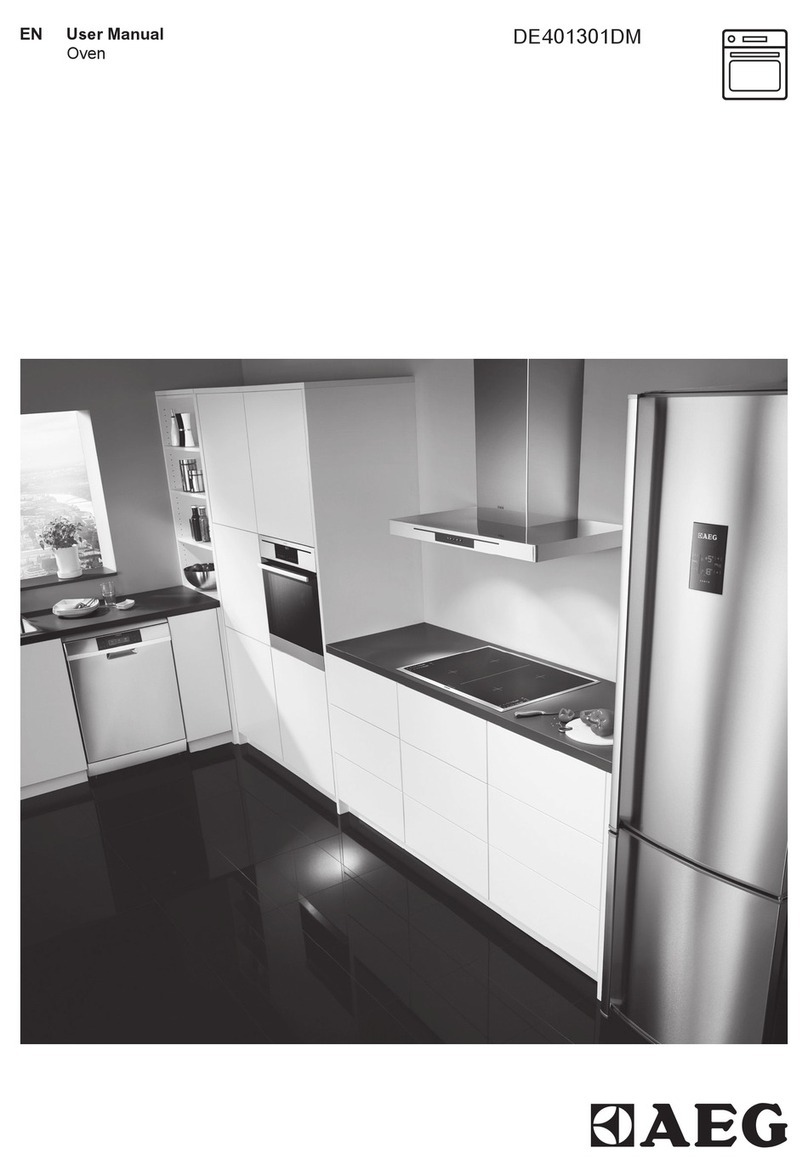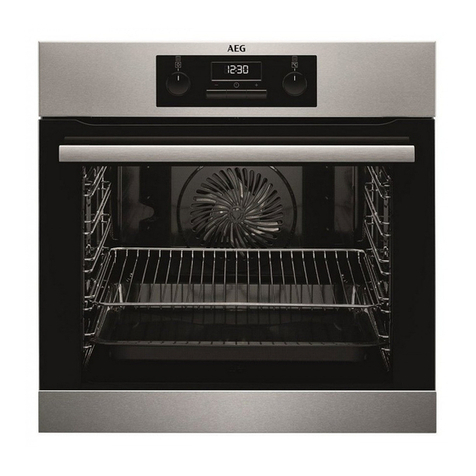This appliance complies with all
relevant legal safety requirements.
Improper use of the appliance can,
however, present a risk of both
personal injury and material
damage.
To avoid risk of accidents and
damage to the appliance, please
read these instructions carefully
before installation and before using
it for the first time. They contain
important notes on the safety,
operation and care of the appliance.
This appliance is not intended for
use by persons (including children)
with reduced physical, sensory or
mental capabilities, or lack of
experience and knowledge, unless
they are supervised whilst using it,
or have been given instruction
concerning its use by a person
responsible for their safety.
Stick the extra data plate supplied
with the appliance in the space
provided later in these instructions
under "After sales service, data
plate".
Keep these instructions in a safe
place, and pass them on to any
future user.
Installation and connection
~The appliance must be installed and
connected by a suitably qualified and
competent person in strict accordance
with current local and national electrical
and plumbing safety regulations. The
manufacturer cannot be held liable for
damage caused by incorrect
installation or connection.
~The electrical safety of this
appliance can only be guaranteed
when continuity is complete between it
and an effective earthing system which
complies with current local and national
safety regulations. It is most important
that this basic safety requirement is
present and tested regularly, and
where there is any doubt, the
household wiring system should be
inspected by a qualified electrician.
The manufacturer cannot be held liable
for the consequences of an inadequate
earthing system (e.g. electric shock).
~Do not connect the appliance to the
mains electricity supply by an extension
lead. Extension leads do not guarantee
the required safety of the appliance
(e.g. danger of overheating).
~This appliance may only be used in
mobile installations such as ships,
caravans, aircraft etc. if a risk
assessment of the installation has been
carried out by a suitably qualified
engineer.
Warning and Safety instructions
9
